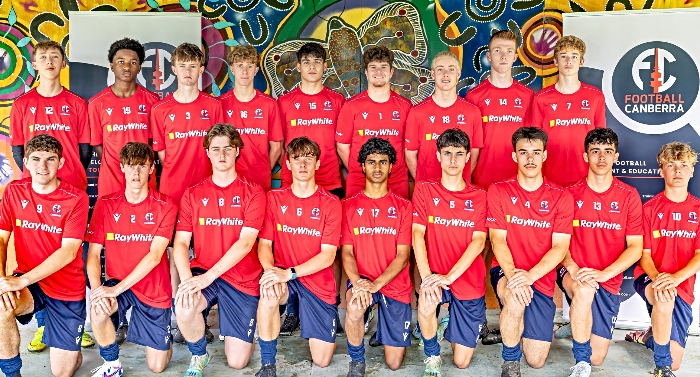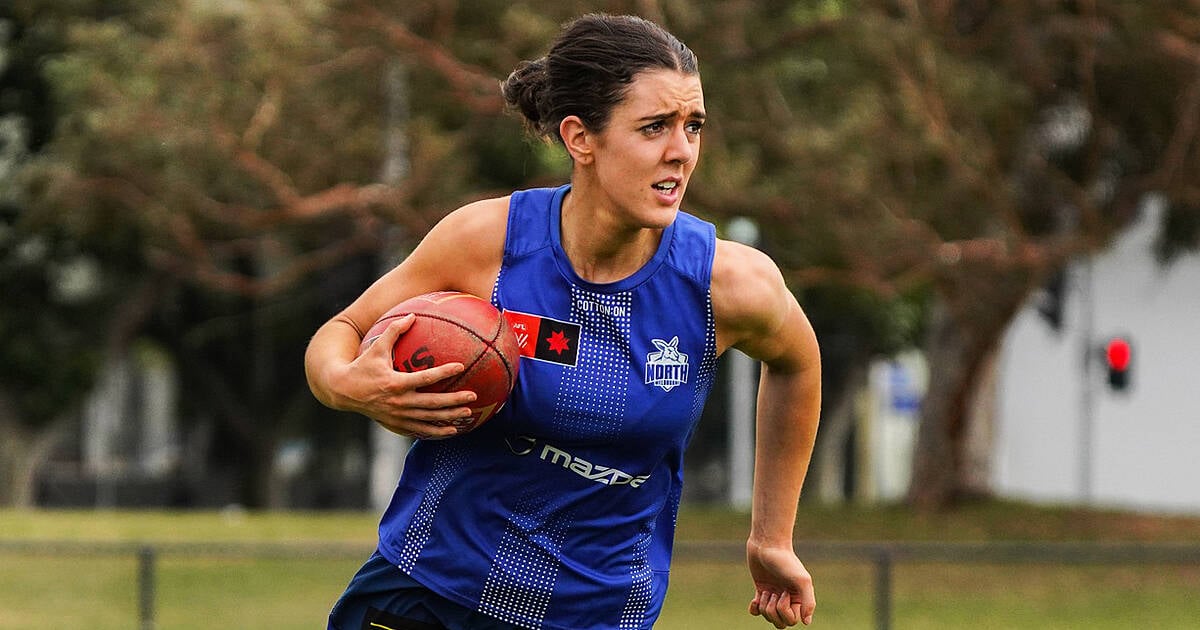‘An absolute genius’: How Michael ‘The Flash’ Graham became an AFL immortal

- by Admin
- July 6, 2024
Michael Graham, a champion footballer for Sturt in South Australia and St Mary’s in the Northern Territory, was so renowned for dashing past opponents he earned one of footy’s great monikers: “The Flash”.
Last month Graham, who played 512 games and won five premierships between the clubs in the 70s and 80s, was elevated to the Australian Football Hall of Fame.
He said it was a crowning achievement on a career that earnt him a place in the Indigenous, NT and Sturt teams of the century.
“The Hall of Fame is the pinnacle,” he told the ABC.
“Footy to me is everything. And it’s got me everything in life with my family and kids.”
(Getty Images: Michael Willson)
‘An absolute genius’
Born in Wallaroo, South Australia, Graham, now 72, spent his early years at the Point Pearce mission before his family was relocated to Penola when he was still a young boy.
“I grew up on football with my family and my brothers, and my two sisters looked after me when I was growing up,” he says.
He remembers, with a smile, his parents being strict on discipline – which helped him develop a clean pair of heels.
“I think that’s where we got my pace from, because I was the first one under the bed when we were all getting flogged,” he says.
“And we used to go out in Penola, me and my brothers, we used to go out and chase rabbits. I think that’s what stood me in good stead with my knees, because I used to do a lot of running.”
It didn’t take long for Graham to break out of South Australia’s Western Border League, where he won the league medal at the age of 18 before beginning his storied career at Sturt.
“I could run a bit. That was the main thing. Jack Oatey [the legendary Sturt coach] would just tell me to get the ball and go,” he said.
“So that’s what I did … and I don’t think I hardly ever got caught.”
Fellow Sturt great Rick Davies, who played in two premierships with Graham, can vouch for his speed.
“I don’t think I saw anyone catch him … he was just an absolute genius,” he told the AFL in Graham’s Hall of Fame tribute video.
By the end of his career, Graham’s highlight reel – a montage of breathtaking runs, daring line breaks and sublime skill – was as exhilarating as you’ll see.
One of the first year-round, full-time footballers
Not known for being a shining light on the training track, Graham started spending his off-seasons in Darwin to play with St Mary’s.
“I was a terrible trainer, because it’s too cold down here,” he says.
“Jack let me go up to Darwin to play up there … so I used to go up there and get away with playing footy up there and come back match fit to play with Sturt.”
For the best part of 15 years Graham would be a 12-month-a-year footballer.
His time at St Mary’s saw him win the Northern Territory Football League’s best and fairest award and the 1978-79 Chaney Medal for best on ground in the grand final, as well as three premierships.
Graham formed part of a core group of players during a brilliant stretch for St Mary’s, which included fellow trailblazing Indigenous players such as the Longs, Riolis and Dunns.
“We had a side of great footballers. We really didn’t need a coach,” he says.
“John Taylor was our coach and he was a good coach, and he’d just tell us to go out and do what we do best and that was to play footy.
“Back in the day when I was playing there weren’t very many Indigenous players playing, and now we’ve got them playing everywhere, all over with the AFL, and I’m very proud watching them as an Indigenous player myself.”
Now his greatest achievement has sunk in, Graham says he’s been able to reflect on the journey the game and his talents have afforded him.
“I’ve been all over Australia playing footy. Top to bottom,” he says.
“Footy’s been a big part of my life.
“Getting in the AFL Hall of Fame is the highlight of my career. The only thing outside of that, you know, is premierships. But I’ve been on cloud nine for a while and I think I’m down to cloud seven now.”
The Latest News
-
December 26, 2024Local Australian Open hope drops ‘sad’ news on eve of tournament
-
December 26, 2024Simona Halep: Two-time Grand Slam champion withdraws from Australian Open and delays her start of 2025 tennis season
-
December 26, 2024Konstas showed no fear, but the family stressed during his stunning debut
-
December 26, 2024Sam Stosur picks the two women she really wants to make the Australian Open final in her ‘dream’ match
-
December 26, 2024Australian travel vlogger finds the ‘best alcohol on the planet’ in India | – Times of India





